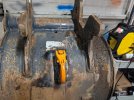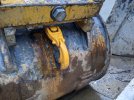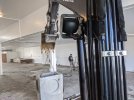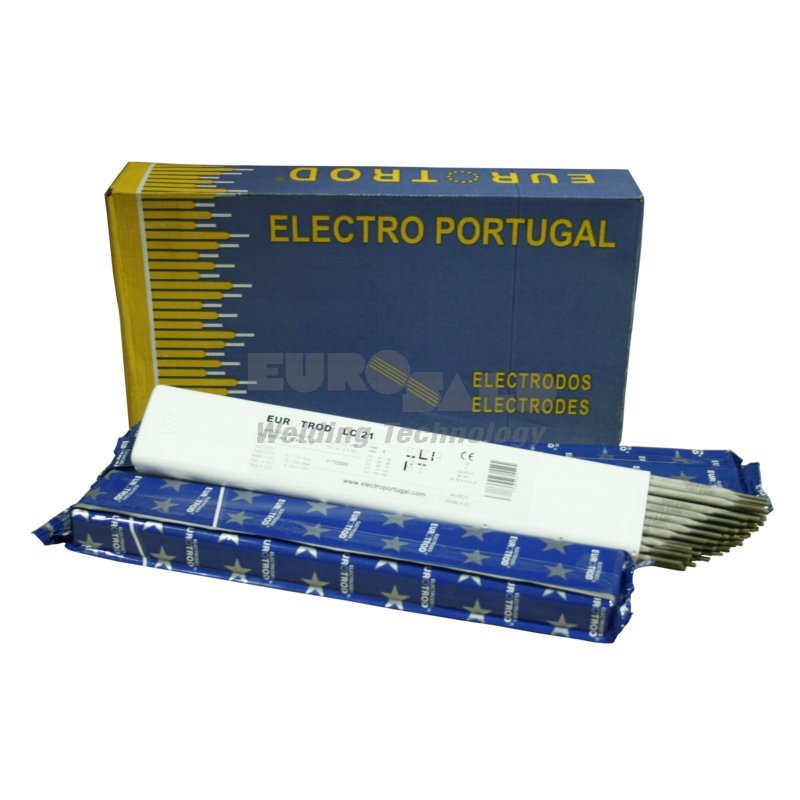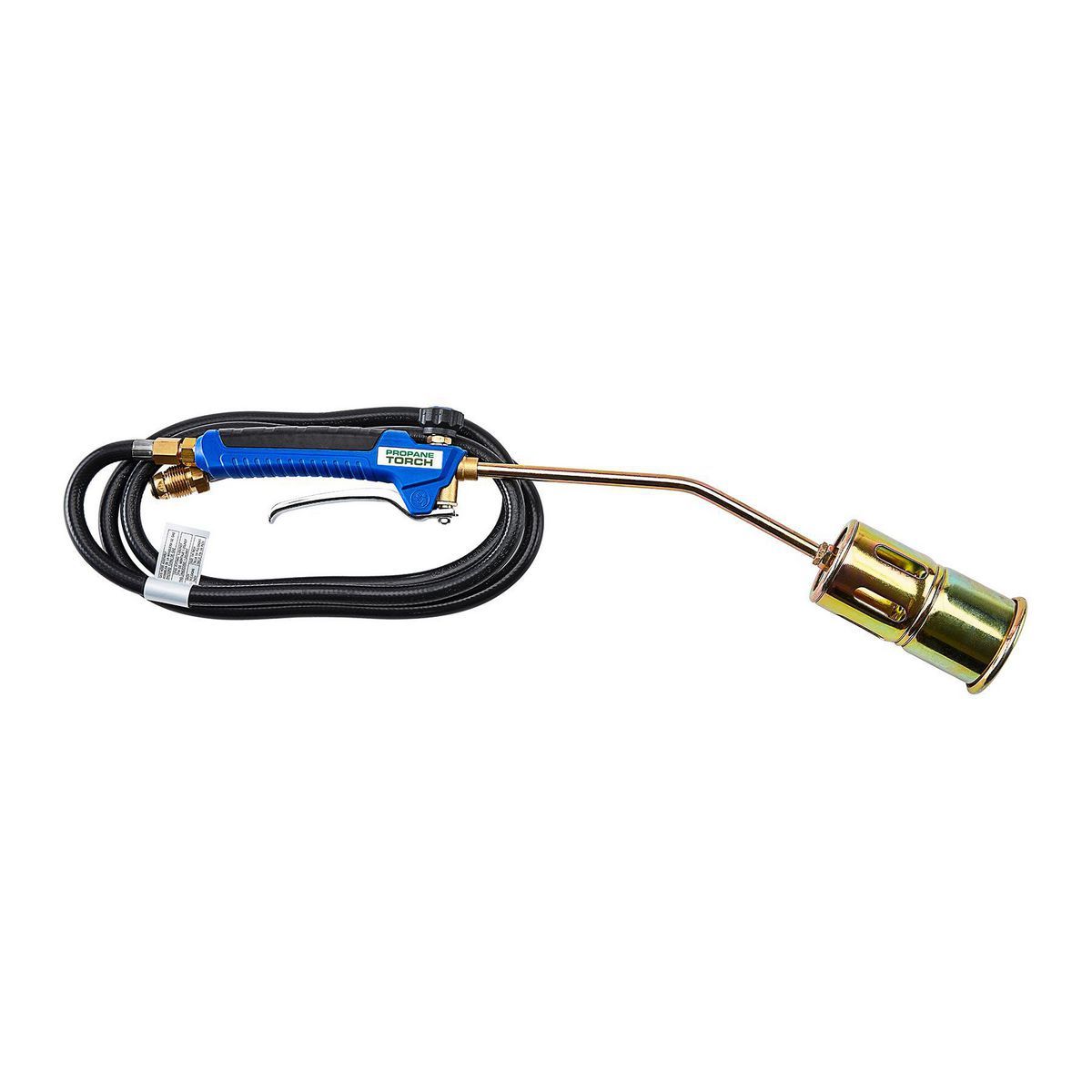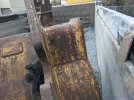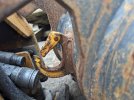weld the bucket hook correctly:
Hi, if it's possible, I need some advice.
I would have to weld a hook or a lifting eye to a bucket to be able to attach ropes or chains to lift and move loads safely. clearly I will also have to weld some reinforcement and gusset plates. I was wondering: should I weld it directly or create a slit on the bucket, fit the hook and weld it both internally and externally?
Not knowing the quality of the steel with which the bucket is built, do you think that welding with a basic electrode is sufficient? Can you advise me to preheat the part with the torch and how to adjust the parameters. definitely multi passes, I start with low ampere passes and then use larger electrodes with high parameters, right? thank you
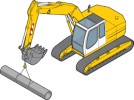
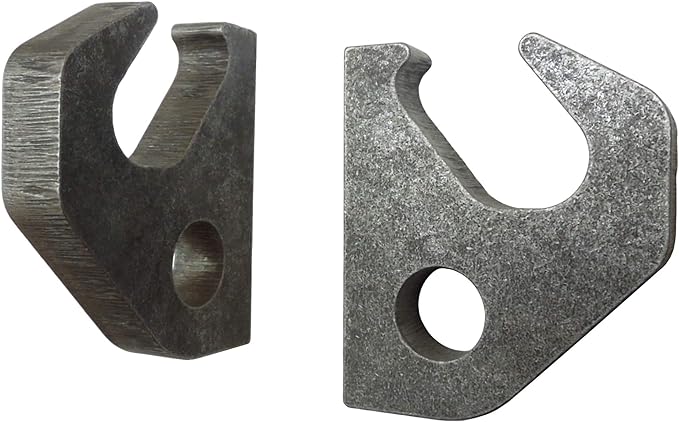

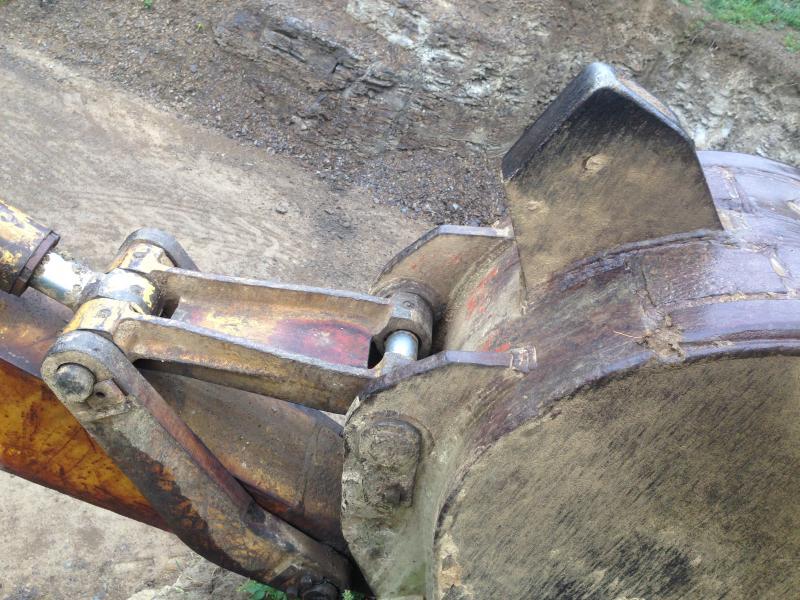
 vanguardsteelvancouver.com
vanguardsteelvancouver.com
Hi, if it's possible, I need some advice.
I would have to weld a hook or a lifting eye to a bucket to be able to attach ropes or chains to lift and move loads safely. clearly I will also have to weld some reinforcement and gusset plates. I was wondering: should I weld it directly or create a slit on the bucket, fit the hook and weld it both internally and externally?
Not knowing the quality of the steel with which the bucket is built, do you think that welding with a basic electrode is sufficient? Can you advise me to preheat the part with the torch and how to adjust the parameters. definitely multi passes, I start with low ampere passes and then use larger electrodes with high parameters, right? thank you




